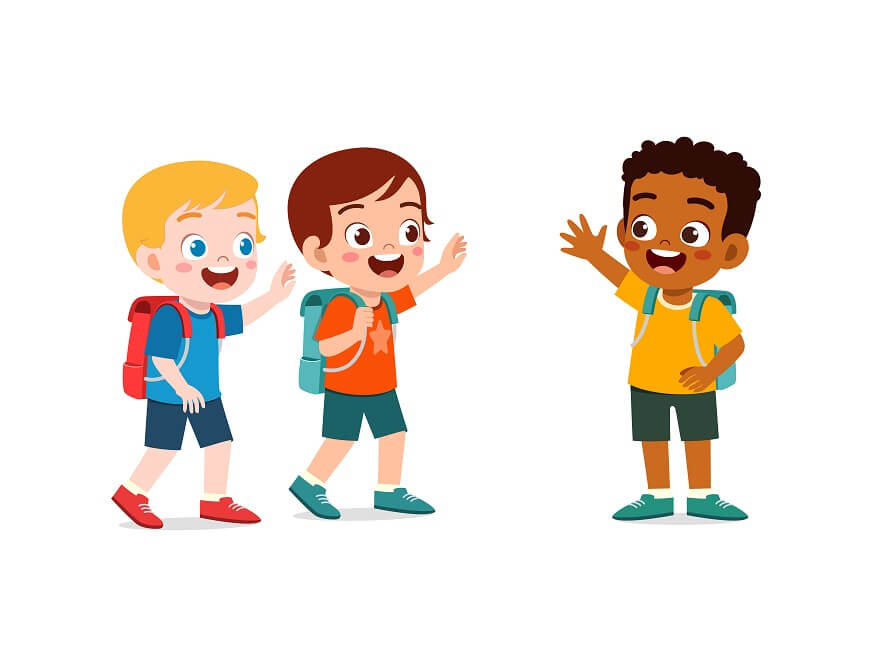Can you imagine a day without talking to anyone? It would be boring and difficult. Talking is an integral part of living. In our day-to-day lives, we talk to our family, friends, colleagues, or strangers. But how often do we communicate with people? Talking means simply speaking words and sentences, sometimes the message is understood, sometimes not.
Communication is the basis of all relationships. Communication means sharing of information between two or more people to reach a common understanding. It is a two-way process; it needs a speaker and a listener. But the problem is people focus more on speaking than listening. Like when you talk to a friend about a problem but he doesn’t seem to understand the heat of your situation or when you are arguing with a person and that person accuses you of not completely listening to him. This is called miscommunication.
Barriers of communication lead to miscommunication. For example, if you go to a doctor for some problem, and if he uses too many medical terms for explaining your illness, you think of consulting another doctor or it’s like explaining algebra and calculus to a 5-year-old kid. Communication barriers can cause confusion, animosity, and misunderstanding. To avoid this one should be clear about the barriers to effective communication.
What are the barriers of communication:
As we have mentioned earlier, Communication is the process of sharing information between speaker and listener. Any parameter that stops or limits the communication or affects the quality of communication between speaker and listener is known as the barriers of communication.
Language Barrier:
The use of unfamiliar or over-complicated language can be a communication barrier. Students or people from different linguistic backgrounds, with colloquial, accents, and dialects of different regions of the same country, can face language barriers. Sometimes the words they say may hurt people, even if it doesn’t mean to. Like, when you are touring Japan, you try to appreciate a local person’s dressing sense, but end up insulting his shirt’s colour.
To “pull someone’s leg” in English means to joke about or mock someone. When non-native English speakers hear this for the first time, they might take the term literally and cause misunderstanding.
Following the lectures, actively participating in class discussions, or finishing assignments will be difficult for students if they are not proficient in the language of instruction.
Cultural Barrier:
When you are visiting Australia for the first time, one local person asks you “How’s Australia?” you are so excited and give a thumb up, but he becomes upset and walks away. You might be puzzled as to why he got angry for a thumbs-up. Because in countries like Australia, New Zealand, South America, and Iran, giving thumbs up to someone is considered an insult.
In Malaysia pointing an index finger is considered rude. In some cultures, speaking to someone with direct eye contact is rude, while in some it is considered as a sign of respect.
Communication between individuals might be significantly limited by these cultural differences. Cultural variations acting as barriers of communication may include various social customs, beliefs, and values that may have an impact on how people respond and react to messages.
Physical Barrier:
If you are sitting at the last bench of a noisy classroom, due to the distance between you and the teacher you are not able to hear the lecture properly. Here distance and noise act as the communication barrier between you and your teacher. This leads to confusion when the Teacher asks you a question from the lecture the next day.
Physical barriers of communication are obstacles that restrict the process of successful communication. These obstacles could be external factors or real blockages that prohibit or misrepresent the message being communicated.
Physiological Barrier:
When you are ill or otherwise feeling under the weather. Your throat hurts, you have a stuffy head, and your voice sounds like a scream. It sounds like you are trying to speak in a foreign language. The listener will not be able to understand your message properly.
Physiological barriers of communication are physical and biological factors that may prevent efficient interaction between people. These barriers include physical limitations such as hearing loss, speech difficulty, visual impairment, and others.
Psychological Barrier:
Internal factors that may limit interaction between people are referred to as psychological barriers to effective communication. They can come from many different things, like personality, emotions, attitudes, perceptions, and past events.
This includes having preconceived notions about a particular race, gender, or religion. It will be difficult to understand or positively engage in a conversation with the people of that particular group.
If a student has stage fear, then that fear won’t allow him to convey his message to the audience clearly. Similarly, if a student is stressed, he cannot concentrate on the classes.
Lack of attention is also a psychological barrier. If you are busy watching TV or playing games while your friend is talking to you, you won’t listen to your friend actively.
Technological Barriers:
If you are attending an online class, due to poor internet connectivity you lose an important lecture or you are not able to ask doubts as your microphone is not working properly.
You are in the middle of a telephonic interview and due to poor signal, the recruiter is not able to hear your answer properly or you got an important study material file created on a Mac computer that is not readable on a Windows computer.
These kinds of technology-related challenges are referred to as technological communication barriers.
Organisational Barrier:
Barriers resulting from organisational structure, guidelines, and rules are referred to as organisational barriers. the numerous forms of communication barriers that may be present as a result of superior-subordinate interactions and prevent open communication.
If a kid is getting a heavy load of homework every day which is too much for his grade and he cannot talk about this burden to his strict teacher, then this is an Organisational barrier of communication.
Conclusion:
At EuroSchool we understand that communication is important for a student’s academic development because it enables them to clearly convey their ideas and thoughts, understand the perspectives of others, and create meaningful relationships. Visit EuroSchool to know more.










